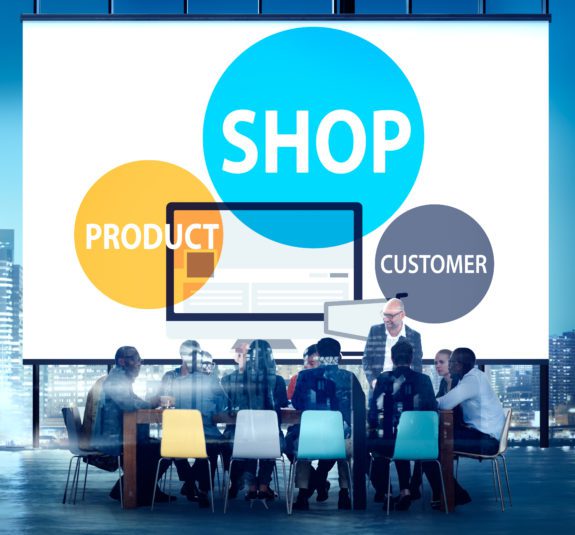Explore the Key Principles, Benefits, and Real-World Examples of Human-Centered Design in Today’s Digital Technology Landscape
Understanding Human-Centered Technology
Human-Centered Technology is an approach to design and development that puts people—their needs, values, behaviors, and feedback—at the core of technological innovation. Rather than focusing solely on what technology can do, it asks what technology should do to improve lives and support society.
This philosophy is reshaping how businesses, developers, and designers create tools—from healthcare apps to AI systems—by prioritizing usability, ethics, inclusivity, and meaningful user experiences.
How It Works
Human-Centered Technology relies on continuous feedback and real-world context. It uses user research, iterative design, and usability testing to ensure the product solves real problems in an ethical, accessible, and practical way.
Instead of creating tools based on technical potential alone, it encourages empathy, collaboration, and inclusivity at every stage of development.
Key Principles of Human-Centered Technology
- User-Centric Design
- Design begins with the people using the product. It considers their goals, limitations, and environment to create meaningful, intuitive experiences.
- Empathy and Inclusion
- The design process actively includes diverse users, accounting for different needs, abilities, cultures, and contexts.
- Ethical Responsibility
- Developers and designers consider the broader impact of the technology—data privacy, mental health, misinformation, and bias are carefully evaluated.
- Iterative Feedback Loops
- Products are tested early and often with real users, allowing teams to refine designs based on genuine interactions and insights.
- Transparency and Trust
- Systems are designed to be explainable and understandable, building user confidence and accountability.
- Sustainability and Long-Term Value
- The focus shifts from short-term gains to long-term well-being—technologies are built to benefit society and the environment.
- Accessibility by Design
- Ensuring products work for people of all abilities, including those with visual, auditory, cognitive, or motor impairments.

Examples of Human-Centered Technology
- AI-Powered Diagnostic Tools in Healthcare
– Tools like IBM Watson Health assist doctors in making better decisions, not replace them. They offer suggestions based on patient history, empowering clinicians to provide more accurate, personalized care.
- Mental Health Apps (e.g., Headspace or Calm)
– Built around users’ needs for mindfulness, emotional support, and ease of use—using calming visuals, intuitive navigation, and personalization.
- Voice Assistants with Accessibility Features
– Amazon Alexa and Google Assistant now offer options tailored for users with limited mobility, allowing them to control their environments hands-free.
- Inclusive Financial Tools
– Apps like Cleo or Chime help users budget, save, and manage money without hidden fees or complicated jargon—promoting financial literacy.
- Smart Home Devices Designed for All Ages
– Products like Ring or Nest focus on intuitive controls and visual cues to make smart technology more accessible for seniors and tech-novices.
Benefits of Human-Centered Technology
✅ Improved Usability
Products are more intuitive, reducing the learning curve and increasing adoption rates.
✅ Higher User Satisfaction
Users feel heard and understood, leading to greater trust and loyalty.
✅ More Ethical Outcomes
Designing with intention minimizes harm and bias, especially with powerful technologies like AI and data-driven platforms.
✅ Increased Innovation
When teams co-create with users, they often discover unmet needs and develop better, more relevant solutions.
✅ Competitive Advantage
Businesses that prioritize user needs and social responsibility stand out in today’s market—and earn long-term customer loyalty.
Why It Matters for Your Brand
At Steel Blue Media, we believe the future of technology is human-centered. Whether you’re building a new website, launching an app, or exploring AI-driven content strategies, placing people at the core of your innovation leads to better business results—and a better world.
🔵 Looking to build smarter, more ethical tech solutions?
Visit www.www.steelbluemedia.com for insights, digital strategy tips, and personalized support in creating user-focused experiences that drive growth and impact.







